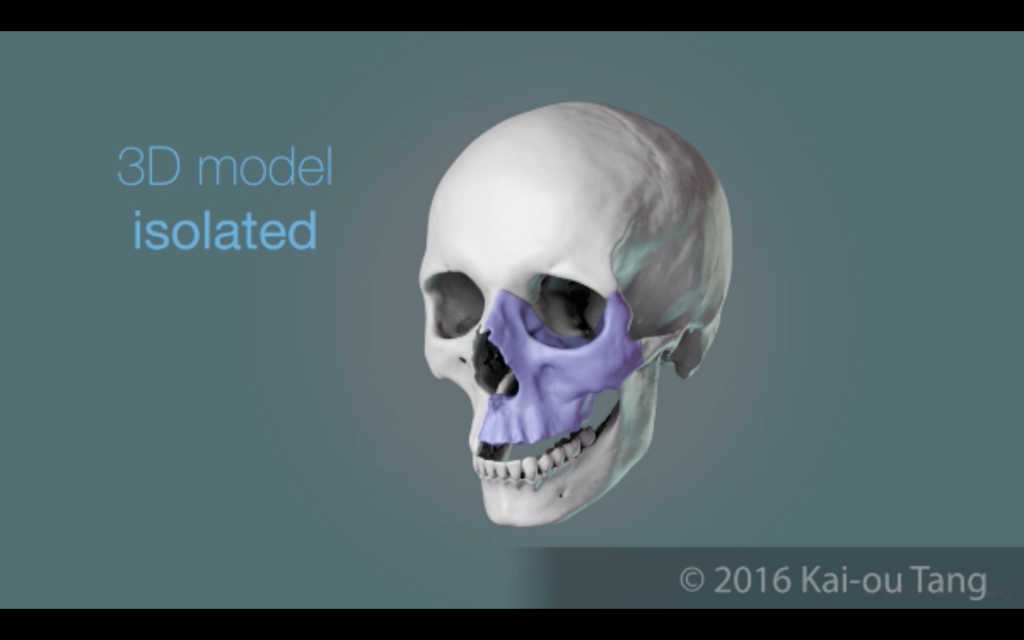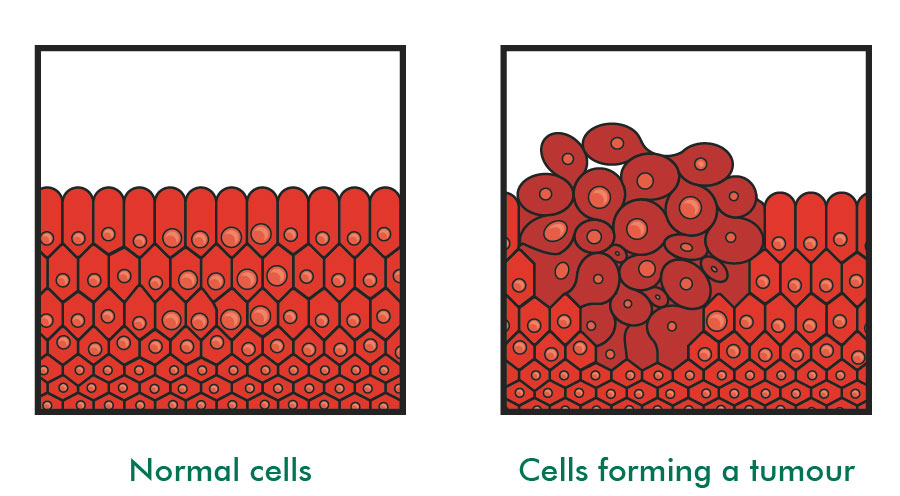Through a collection of three theses recently made available on Google Scholar, 3DPI attempt to give our readers a view of what 3D printing might look like in the future. Two papers from the Johns Hopkins University examine the possibility of 3D printed skull implants, and another from the University of Sydney examines 3D printing’s part in cancer research.
If you think any of the research below deserves a nomination in our 2017 3D Printing Industry Awards, let us know through the form which can be found here.
3D printing gets ahead
Toward a novel tissue engineering method for repairing critically sized craniofacial bone defects, is research conducted by Ben Pen Jui Hung for PhD certification. Over 6 chapters, Hung scrutinizes the existing process for repairing skull damage and turns to 3D printing as an alternative approach.

When laced with stem cells taken from body fat, Hung finds that a 3D printed structure showed positive cell regeneration, therefore having potential for use in the body.
Accepting 3D printing in medicine
In a second thesis from Johns Hopkins University, Masters student Kai-ou Tang supports Hung’s findings, and effectively demonstrates how the process is performed in an animated video clip.

The thesis, titled Regenerating Vascularized Craniofacial Bone from 3D-Printed Scaffolds and Stromal-Vascular Fraction Cells: An Animation and Interactive Presentation for Lay Audience and Scientists, effectively makes the case that for research developments to cover any ground and introduce unfamiliar parties to the technology, the data needs to be presented clearly and simply. As Tang states in the abstract:
There are currently no existing visualizations to explain the complex science of this procedure, hindering progress both in how the research is communicated, as well as opportunities for funding and research.
Tang also details the method for making the video in the thesis, which incorporates both 2D and 3D technologies, including scanning and ZBrush.
3D printed cancer research
In a paper titled Biomimetic 3D scaffold for cancer research, Yujia Ma of the School of Aerospace, Mechanical & Mechatronic Engineering at the University of Sydney, Australia studies a range of materials for their ability to grow cancer cells on their surface.

A 3D printed tumor was one of the techniques explored, and singled out for efficiency due to its ability to accurately mimic the shape of a real tumor. Ma compares the cell-growth on 3D materials to the traditional 2-dimensional method on glass. Findings conclude that pore-size of a material is essential to how effective the material is at stimulating the growth of cancer cells, and that 3D printing is valued as ‘a novel approach’.
With great research, comes great responsibility
Though niche in their interests, the 3D printing techniques discussed in all three of these theses have applications far beyond their speciality. Hung in particular goes on to discuss how the 3D printed skull techniques can also be applied to spinal surgery, and the model tumor is the next step that 3D printed surgical models are looking for.
What is particularly promising as that these topics are being studied at a thesis level, which could develop into a faculty’s research specialism now that the students have graduated.
Let us know which academic research or team deserves special recognition for contributions to the 3D printing industry by making your nomination here.
Featured image shows a 3D model of a skull taken from a patient’s CT scan illustrated in the video for Tang’s thesis. Screenshot via: Kai-ou Tang



